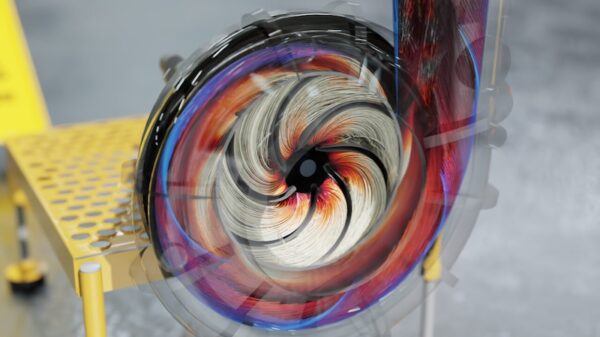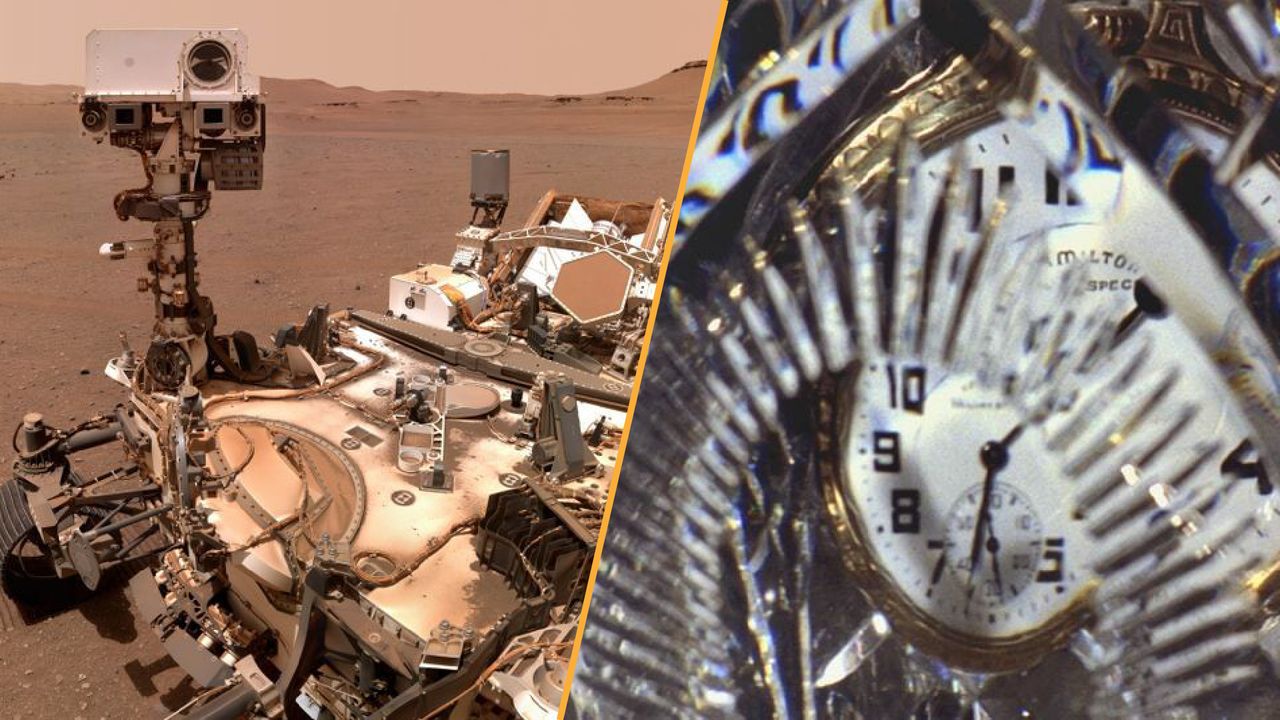NASA has made significant strides in the search for extraterrestrial life, announcing that speckled rocks found on Mars may provide the most compelling evidence yet of past life on the Red Planet. Analysis of these rocks reveals flecks resembling leopard-like spots, which, on Earth, indicate chemical reactions utilized by microbes for energy. Coupled with the discovery of organic compounds and signs of ancient water flow, this revelation has sparked excitement among scientists. Nonetheless, the possibility remains that these markings could result from inorganic processes, heightening anticipation for the politically sensitive Mars Sample Return mission, which aims to bring samples back to Earth for further study.
In addition to the Martian findings, the scientific community has celebrated another breakthrough. The Laser Interferometer Gravitational-wave Observatory (LIGO) has confirmed a long-sought theory proposed by renowned physicist Stephen Hawking. By detecting subtle ripples in space-time caused by the merger of two distant black holes, LIGO has provided evidence connecting general relativity with quantum mechanics. This breakthrough could pave the way toward a unified theory of everything, although significant challenges remain, particularly in the realm of cellular engineering, as recent studies indicate that human stem cells may experience accelerated aging in space.
Revelations from California’s Ocean Depths
Meanwhile, researchers have made progress in understanding a graveyard of submerged barrels off the coast of Los Angeles. Initially discovered in 2020, these barrels were encircled by whitish, toxic sediment, leading to speculation that they contained the banned pesticide DDT. New analysis of samples from five barrels has revealed a different, more alarming reality: the barrels contain caustic alkaline waste capable of harming marine life. This finding not only clarifies the chemical composition of the barrels but also sheds light on the chemical reactions that formed the surrounding haloes, aiding efforts to assess the extent of the toxic spill.
In the realm of theoretical physics, scientists have achieved a remarkable feat by creating the first visible time crystals. Although time crystals were first theorized in 2012 and later demonstrated in 2016, this latest innovation allows scientists to observe these unique structures directly. The time crystals, formed from liquid crystals typically found in LCD screens, may have practical applications, potentially serving as anti-counterfeiting designs on future high-denomination currency.
Ongoing Discoveries and Mysteries
As discoveries continue to unfold, scientists are also grappling with various enigmas. In Chile’s remote Patagonia region, a camera trap captured an unusual phenomenon: bright lights appearing in the night sky. Researchers are currently investigating whether these lights are camera artifacts, natural phenomena like ball lightning, or something more extraordinary.
Notably, research into the genetic similarities between humans and chimpanzees has revealed that the commonly cited figure of nearly 99% shared DNA may oversimplify the complexities of genetic relationships. Understanding these differences can provide deeper insights into human evolution.
As the scientific community moves forward, the excitement surrounding these discoveries illustrates the relentless pursuit of knowledge about our universe and its mysteries.


































































